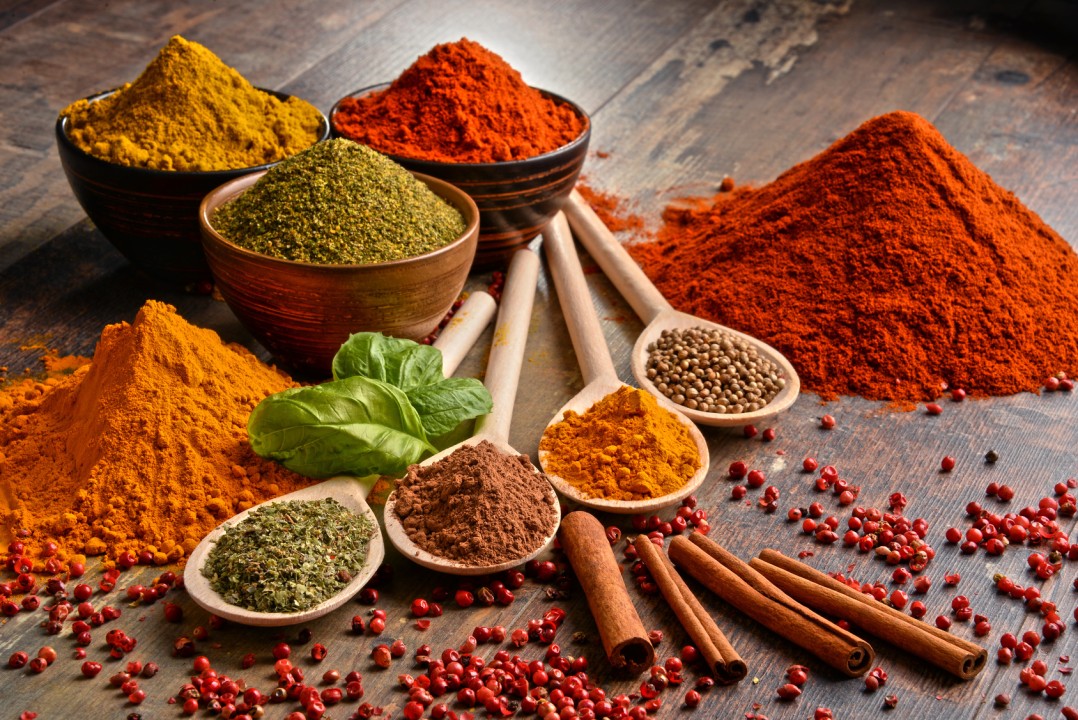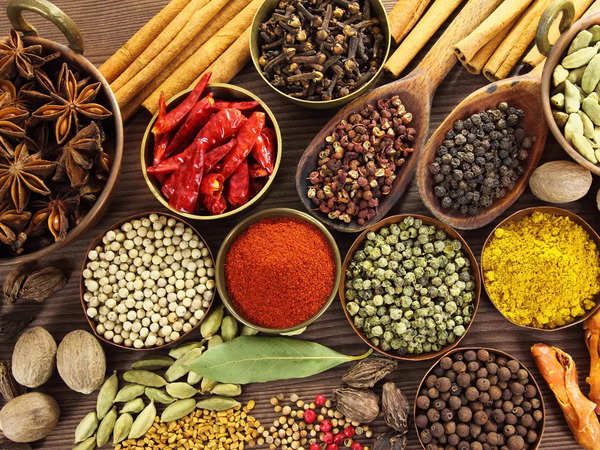Blog
Who import spices from India?

India’s spices have enchanted taste buds around the world for centuries, and the country has earned a reputation as the “Spice Bowl of the World.” With its diverse range of aromatic and flavorful spices, India attracts a vast global market. In this article, we will explore the countries that import spices from India, highlighting the international appeal of Indian spices.
- United States: The United States is one of the largest importers of Indian spices. Its multicultural society and diverse culinary scene drive the demand for Indian spices to create authentic dishes from various regions of India.
- United Arab Emirates: The UAE, particularly Dubai, serves as a significant hub for spice imports due to its strategic location and bustling trade networks. Indian spices are in high demand in the UAE for both local consumption and re-export.
- Saudi Arabia: Indian spices are integral to Saudi Arabian cuisine, adding depth and flavor to dishes like biryani, kebabs, and curries. The kingdom is a prominent importer of spices from India.
- United Kingdom: The UK has a strong appetite for Indian flavors, with a thriving market for Indian spices. Indian restaurants and the popularity of Indian cuisine contribute to the import of spices from India.
- Canada: The multicultural landscape of Canada has fueled the demand for Indian spices, making it one of the key importers. Indian spices are used in a variety of dishes, including curries and tandoori preparations.
- Australia: Indian spices have gained popularity in Australia, where they are used to create a wide range of flavorful dishes. The country imports various spices from India to meet this demand.
- Malaysia: Indian spices are an integral part of Malaysian cuisine, especially in dishes like nasi kandar and curry laksa. Malaysia imports a significant quantity of spices from India to cater to its culinary preferences.
- Singapore: The multicultural nature of Singapore has created a thriving market for Indian spices. They are used in both traditional Indian cooking and fusion dishes, driving spice imports from India.
- Netherlands: As a gateway to Europe, the Netherlands plays a crucial role in the distribution of Indian spices across the continent. The country imports and re-exports spices to various European nations.
- South Africa: Indian spices are widely used in South African cuisine, particularly in the Cape Malay dishes and Durban curries. South Africa imports a variety of spices from India to meet this demand.
- Japan: Indian spices have found their way into Japanese cuisine, where they are used to create fusion dishes. Japan imports spices from India to cater to this growing culinary trend.
- New Zealand: The multicultural food scene in New Zealand has led to the import of Indian spices, which are used to add depth and flavor to a wide range of dishes.
-
- Germany: Indian spices have gained popularity in Germany, particularly in the country’s growing Indian restaurant scene. They are used in both traditional Indian dishes and in innovative fusion cuisine.
- France: While known for its own culinary traditions, France has embraced the flavors of Indian spices. Indian spices are used in various French dishes and are imported to cater to this demand.
- South Korea: Indian spices have found their way into South Korean cuisine, where they are used to create fusion dishes and add depth of flavor. South Korea imports spices from India to meet this culinary trend.
- Thailand: India’s neighboring country, Thailand, imports Indian spices to cater to its diverse culinary landscape. Indian spices are used in various Thai dishes, adding unique flavors to the cuisine.
- Brazil: Indian spices are becoming increasingly popular in Brazil, especially in the preparation of exotic dishes. The multicultural nature of Brazilian cuisine has contributed to the import of Indian spices.
- Russia: Indian spices are used in Russian cuisine to enhance the flavors of various dishes. Russia imports spices from India to meet the demands of its culinary traditions.
- Qatar: As a Middle Eastern nation, Qatar imports Indian spices for both its local cuisine and the diverse expatriate population’s culinary preferences.
- China: Indian spices have been embraced by the Chinese culinary scene, where they are used in fusion dishes and international cuisine. China imports spices from India to cater to this trend.
- Switzerland: The multicultural nature of Switzerland has led to the import of Indian spices, which are used to create a wide range of flavorful dishes.
- Spain: While known for its own spices, Spain imports Indian spices for fusion cuisine and to cater to the growing popularity of Indian flavors in the country.
- Israel: Indian spices are used in Israeli cuisine to add depth and flavor to various dishes. Israel imports spices from India to meet this culinary demand.The global appeal of Indian spices continues to grow, as they are embraced by diverse culinary traditions and incorporated into fusion cuisine worldwide. The import of Indian spices by these countries reflects the universal recognition of India’s rich culinary heritage and its contribution to the global spice market.
Indian spices are celebrated globally for their rich flavors, aromas, and versatility. These spices have transcended borders, enriching the culinary experiences of people worldwide. The countries mentioned above are just a few examples of the diverse range of nations that import spices from India, showcasing the universal appeal and significance of Indian spices in global gastronomy.




